About Risk-Limiting Audits
A risk-limiting audit (RLA) checks a random sample of voter-verifiable paper ballots, giving strong evidence to support the reported election results (or triggering a recount).
An RLA can stop as soon as it finds strong evidence that the reported outcome was correct. Or, if the reported outcome was wrong because ballots were miscounted, an RLA is very likely to lead to a full recount that corrects the outcome before the election results are certified. RLAs provide strong assurance that the final outcome matches the ballots cast. Contests with wide margins can be audited with very few ballots, freeing up resources for auditing closer contests, which generally require checking more ballots.
What is a Risk-Limiting Audit?
Fundamentals of an RLA, including what is needed to conduct an RLA and how an RLA differs from other types of audits.
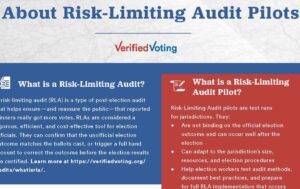 About Risk-Limiting Audit Pilots
About Risk-Limiting Audit Pilots
RLA pilots are test runs for jurisdictions. Read more about how RLA pilots can lead to full RLAs.
Differences Between RLA Methods
Overview of three RLA methods: ballot-level comparison, batch comparison, and ballot polling.
Why Do a Risk-Limiting Audit?
RLAs strategically allocate resources while providing evidence- based assurance of contest outcomes.
RLAs avoid checking
ballots unnecessarily.
Risk-limiting audits base the number of ballots selected on the specifics of the contest. Contests with a wide margin can be audited with very few ballots, freeing up resources for closer contests. In general, risk-limiting audits can be conducted with a modest amount of effort.
RLAs are
statistically sound.
The American Statistical Association endorses and recommends risk-limiting audits. When risk-limiting audit procedures are followed, there is only a limited chance that an incorrectly reported outcome could go undetected.
RLAs are
flexible.
There are different types of risk-limiting audits, all of which provide statistical accuracy and efficiency. RLAs can adapt to various kinds of voting systems, as long as there are voter-verified ballots to audit.
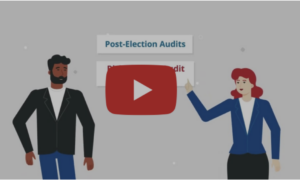
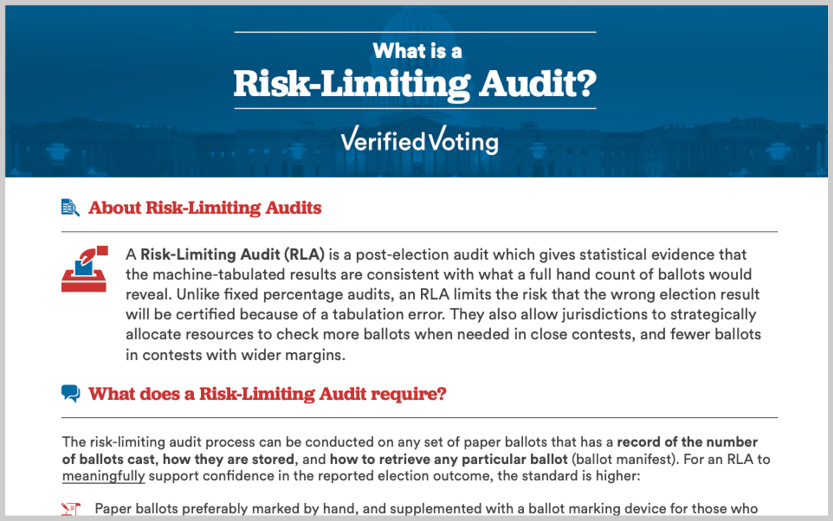
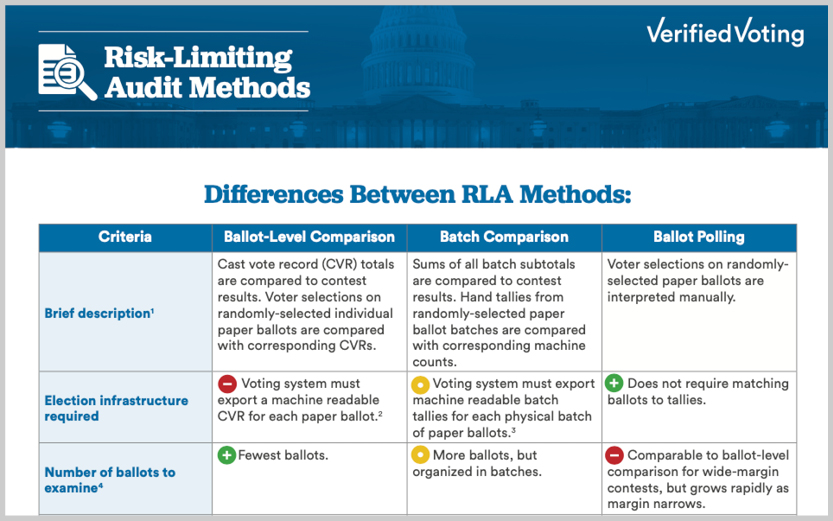
 RLA Messaging Guide for Election Officials
RLA Messaging Guide for Election Officials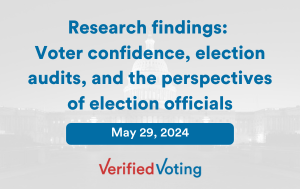 Watch: Messaging Research Findings Webinar
Watch: Messaging Research Findings Webinar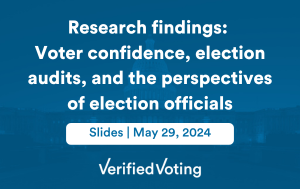 Slides: Messaging Research Findings
Slides: Messaging Research Findings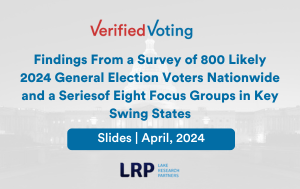 Memo: Messaging Key Findings
Memo: Messaging Key Findings